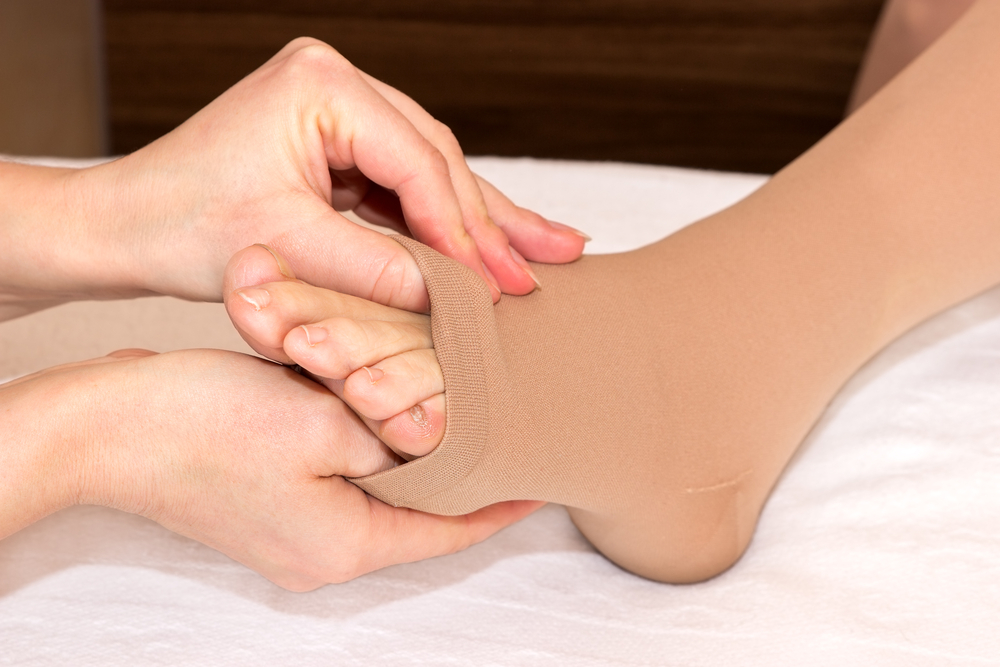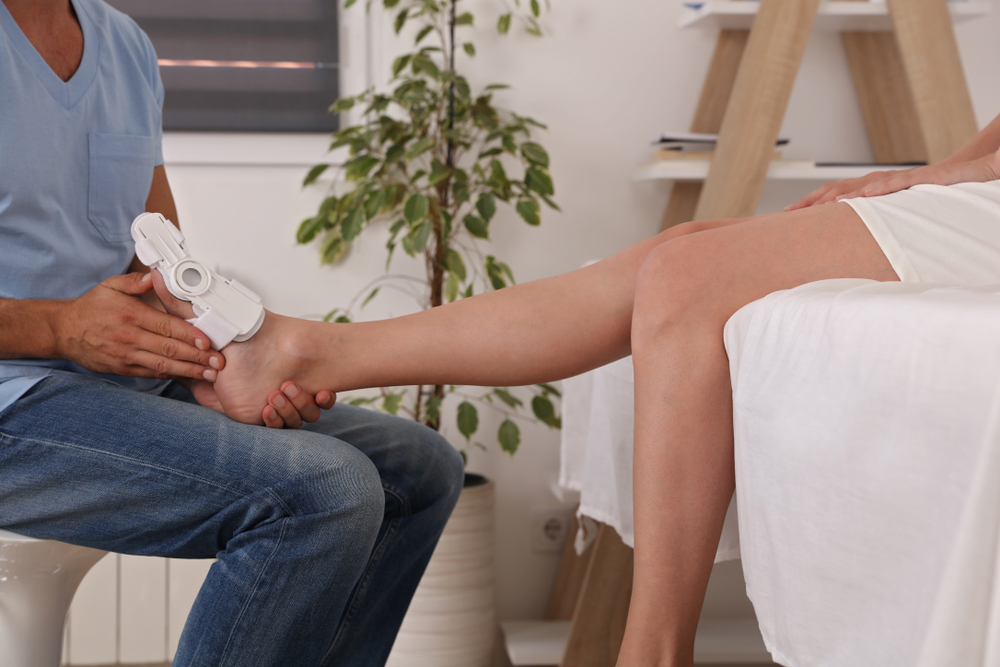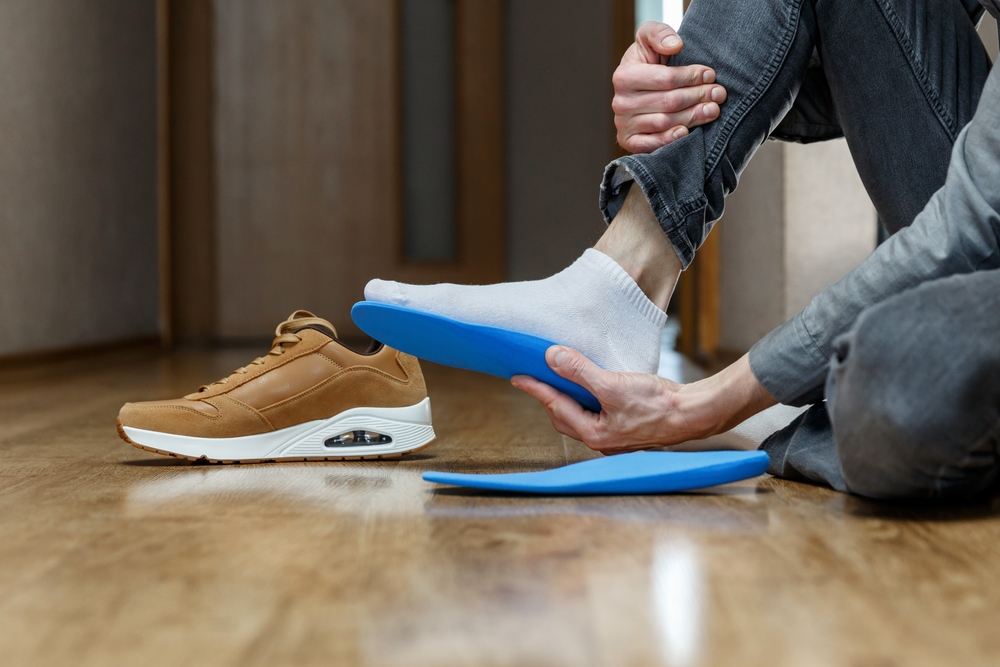If you suffer from swelling in your legs, you may have heard that compression stockings can help. Also known as compression socks, they are widely used in compression therapy treatments for a wide range of conditions. These include circulatory issues with blood vessels, like venous insufficiency; blood clots; varicose veins and venous ulcers; and lymphatic system treatments, including lymphedema.
Compression stockings are just one of many different types of compression therapy devices. Others include elastic and non-elastic bandages, boots, hosiery and pneumatic devices.
It’s important to be aware of the difference between compression wear and medical compression stockings. Compression wear, including compression leggings, are popular as a means of support for physical activity. It can have similar benefits as compression stockings for those who play sports, work out or whose work requires extended periods on their feet, like medical professionals and flight attendants.
However, medical compression stockings are available in specific configurations to provide different levels of compression (graduated compression stockings), and to treat different conditions, like anti-embolism stockings.
Do Compression Stockings Work?
The pressure exerted by compression stockings helps support blood and lymphatic circulation. The improved circulation can reduce fluid build-up in your legs, bring more oxygen to your muscles and tissue, and remove more impurities. The following are among the benefits of wearing compression stockings:
- Reduction of aches, pain and fatigue in the legs
- Reduction and prevention of varicose veins
- Treating leg ulcers
- Treating lymphedema, especially after surgery
- Preventing and treating deep vein thrombosis (blood clots)
A report published by the Canadian Medical Association Journal (CMAJ) about graduated compression stockings outlines evidence that supports many of the benefits listed above, including the following:
-
Varicose Veins
– According to the report: “It (compression stockings) does not cure varicosities, although it may relieve symptoms and prevent deterioration …”. But the report also goes on to outline the results of a study that showed “a significant improvement in relieving global painful discomfort and quality-of-life criteria with the stockings compared with placebo stockings” in study participants who were suffering from edema (swelling in the legs due to fluid retention).
-
Deep Vein Thrombosis (blood clots)
In a study of post-surgical patients, the report outlines the results “deep vein thrombosis developed in 13% of patients given graduated compression stockings, as compared with 26% of those with no stockings.”
-
Lymphedema
Lymphedema is swelling of the limbs, caused by the buildup of lymph fluid. The buildup happens due to an impairment of the lymphatic drainage system. Compression stockings are often used to maintain a level of reduced swelling after other treatment modalities are applied. The CMAJ reports that “there is evidence that high-compression stockings are effective.“
The report goes on to outline many other results and conclusions to support the fact that, yes, compression stockings do work.
If you found this post helpful, check out our recent article “When to Ice an Injury or Heat It“.





